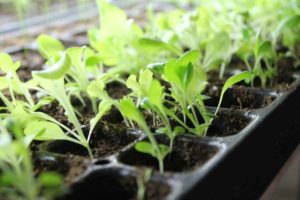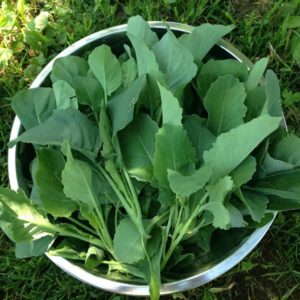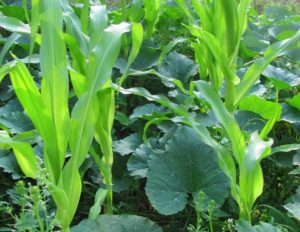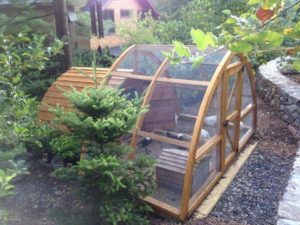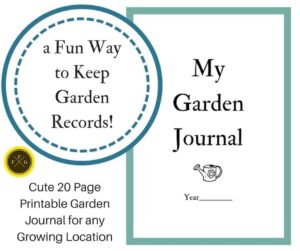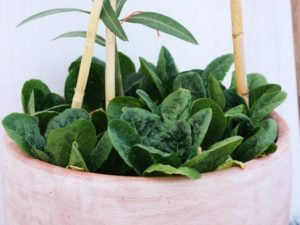The peanut plant is an annual herbaceous plant grown for its edible seeds. Peanut plants are popular with gardeners because of their hardiness and their unique growing style – the fruit grows beneath the ground.
Large-scale peanut farming is different from home or small-scale growing. A special harvester is used in large-scale farming, and the peanuts are dried in windrows in fields and taken to mills to be cured and processed.
When growing peanuts in your own garden, you’ll need to harvest the peanuts by hand – here’s how:
How to Grow Peanuts

Growing peanuts takes between four and five months, depending on the type and variety of nut. Peanuts are easy to grow in varying soil and weather conditions. After you plant peanut seeds, the plants don’t require much care aside from regular watering.
Planting Peanuts
To plant peanuts, follow these step-by-step instructions:
- Wait until late spring or early summer to plant peanuts, when the soil temperature reaches 65°F and the seeds can germinate
- Prepare a space to plant peanuts. Peanuts can be planted directly in the ground or in 18-inch-wide, 12-inch-deep containers. Peanut plants prefer full sun, and lightweight, sandy soil
- Plant peanuts 1-inch deep, between 9 and 18 inches apart for the biggest yield
Peanut Needs & Care
Growing peanuts is easy and rewarding, but peanut plants are susceptible to diseases and pests, especially in hot, moist conditions.
| Peanut Plant Care | |
| Sun Requirements | Full sun, at least eight hours per day |
| Watering Schedule | 1 inch of water per week |
| Soil Needs | Light, well-drained sandy soil |
| Fertilizing | Not essential, but 5-10-10 fertilizer can be added to the soil before planting |
Common Pests and Problems
Some of the most common pests and problems affecting peanut plants are:
Fungal Diseases
Fungal diseases cause gray-brown spots on the leaves of the peanut plant. Treat fungal diseases with a commercial fungicide or a natural solution of 1 teaspoon baking soda in 1 quart of water.
Armyworms
Armyworms are pests that leave closely-grouped circular holes in the leaves of peanut plants. Use a surface insecticide spray, or pick armyworms off your peanut plants and drop the pests into a bucket of soapy water.
Sclerotinia blight
Sclerotinia blight is caused by a fungus that results in wilting and yellowing of stems, and a white, fluffy, or cottony growth around the lower stems. Remove the affected plant to prevent sclerotinia blight from spreading to other plants in your garden.
Velvetbean Caterpillar
Caterpillars, such as the velvetbean caterpillar, are common peanut plant pests that feed on soft parts of the plants’ leaves. Deter caterpillars by spraying plants with soapy water or garlic pepper spray.
When to Harvest Peanuts
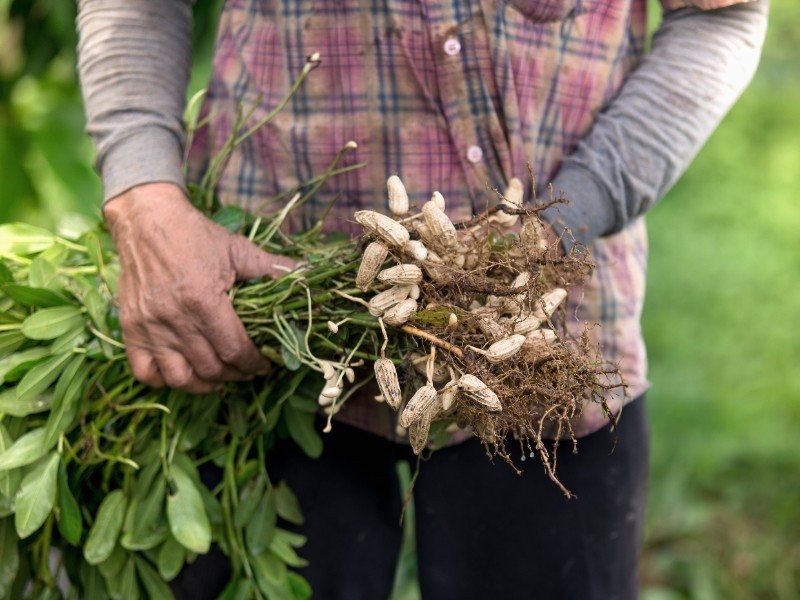
Harvest peanuts from mid-September to October. Peanuts are ready to harvest when the leaves and shoots turn yellow. Check the pods of a plant, ensuring that the peanuts nearly fill the interiors, before harvesting the entire crop.
How to Harvest Peanuts
To harvest peanuts, follow these steps:
- Use a garden fork or a spade to loosen the soil around the plants
- Grab each plant by the base of the stem and pull the plant out of the ground, shaking the plant to remove excess soil from the roots
- Carefully wash the peanut plants in cold water to remove visible dirt, then pat them dry with a clean paper towel
- Hang the plants in a dry location away from direct sunlight for two weeks, then remove the pods from the roots and transfer the pods to a flat surface. Leave the pods to dry for another one to two weeks before transferring them to storage
Storing Peanuts
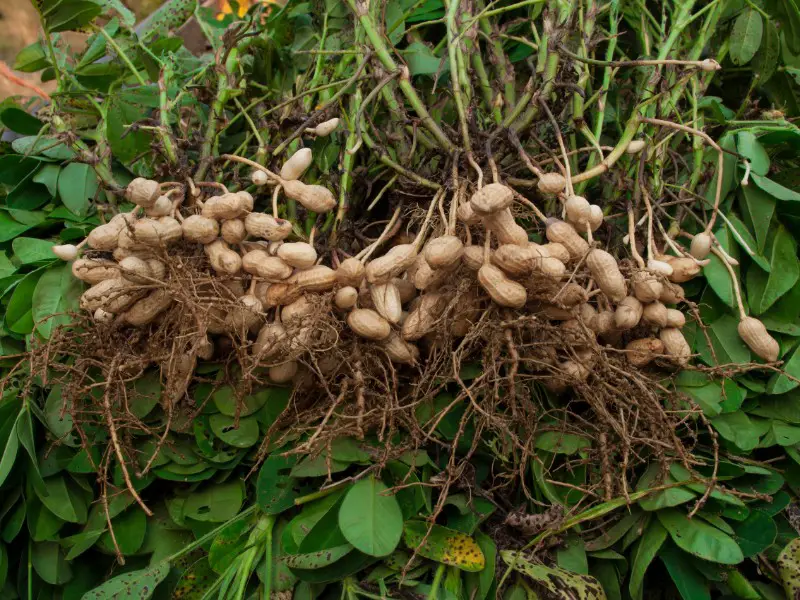
Store shelled peanuts in an airtight container in a cool, dry place, such as a pantry, for up to four months after harvesting. This method of storage keeps peanuts fresh without introducing moisture, which encourages mold growth.
Alternatively, store peanuts in the refrigerator to extend the shelf life of the nuts for up to 12 months, or store the nuts in the freezer to keep them for up to two years.
Remove the peanut shells by gently squeezing the shell’s indentation with your thumb before roasting, processing, or eating the nuts.

